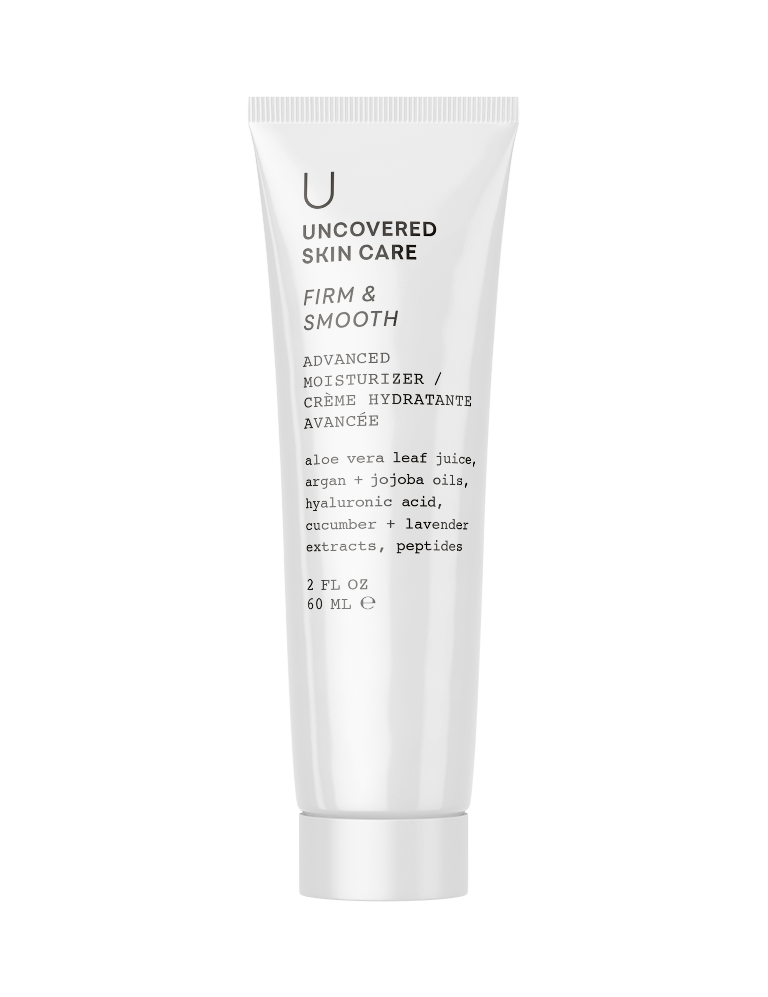Protecting Your Skin From Melanoma
Over the summer, you’ll probably be catching some rays, whether you’re at the beach, the pool, or the park. While the reward can be a great tan, it’s far outweighed by the risk of skin cancer.
Melanoma is a type of skin cancer that’s especially risky. Once it starts, it can become impossible to regulate. We want what’s best for your skin. Since today is National Melanoma Day, let’s brush up on awareness, preparation, and prevention.
What is melanoma?
Let’s remind ourselves what we’re looking for. Melanoma is a skin cancer in which the cells that give skin its darker tones (melanocytes) lose control and spread throughout the body. While it’s one of the less common types of skin cancer, it’s important to always check for signs, because if it’s not caught early, it’s notably harder to treat.
How do you spot it?
Melanoma can start on any part of your body, but studies have shown it commonly starts on women’s legs and men’s torsos. The spots are usually brown or black, given the nature of the skin’s reaction to the sun, but there have been reports of tan, pink, and white melanomas. While most are found on the skin, they can also be found in orifices, such as the mouth, eyes, and anus. While most moles are harmless, it’s worth keeping your eye on them and getting them checked by a dermatologist, especially if you have several. Check out the American Academy of Dermatology Associations check list to spot possible melanoma on the skin.
What causes it?
Like any skin cancer, exposure to UV rays is a determining factor. These rays damage the skin and the DNA of genes that control skin growth. While overexposure is problematic, melanoma can also be chalked up to infrequent exposure. The legs and torso are common origin sites because they’re not nearly as used to the sun as our other body parts.
There are also risks that come with certain physical characteristics. People with fairer skin and hair burn easily and are at a higher risk for melanoma. Before the age of 50, the risk is higher for women, but it’s higher for men after 50.
How can you prevent it?
The number one way to prevent this is to wear sunscreen and protect your skin from direct exposure. Unfortunately, some risk factors are based on demographics and family history, making melanoma prevention out of your control. That said, the best preventative action is distancing yourself from melanoma’s avoidable risk factors:
UV Overexposure
When outside, keep your UV exposure to a minimum. This can be done by regularly applying sunscreen, wearing protective clothing & accessories, and avoiding man-made UV rays, like tanning beds. Wear a broad protection sunscreen that protects against UVA and UVB rays with SPF of at least 30. Also, avoid peak ray time when the sun’s rays are most intense.
Protecting children’s skin is of über importance. Just one bad sunburn in childhood or adolescence doubles your child’s chances of developing melanoma later in life.
Keep Close Track
If you consider yourself highly at risk, regular monitoring helps. Have your skin examined by your dermatologist on a regular basis and feel free to self-examine after long days in the sun. If you have moles, look for any changes in size or color.
What if I have it?
According to the American Cancer Society, your cancer care team will provide you with several treatment options, if you get diagnosed with melanoma. These treatments vary from different types of surgery to different types of therapy. A lot of it depends on when it’s spotted or what stage it’s in. You can read more about your choices here.
We can’t force you to stay indoors your whole life and we don’t want to. Life would be a lot worse without sunshine, but overindulging can lead to big health concerns. Now that you know the signs, you can enjoy the summer safely and responsibly.




Leave a comment